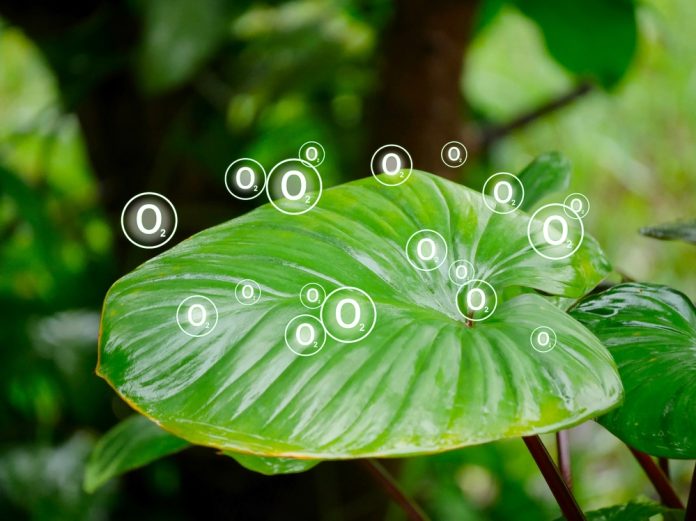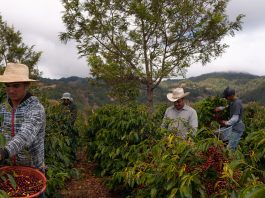New research led by Brock University aims to discover how photosynthesis and energy storage in plants can boost worldwide food security.
For more than three billion years, cyanobacteria, the blue-green algae seen in some lakes, have been converting sunlight to chemical energy through photosynthesis.
However, Brock University assistant professor of chemistry Divya Kaur Matta is curious about a particular species that uses an almost invisible portion of the colour spectrum to convert light and store energy — knowledge that could have powerful implications for agriculture and food security.
Matta was among 18 Brock researchers awarded funding from the Natural Sciences and Engineering Research Council of Canada (NSERC).
The University received more than $3m from the 2024 round of Discovery Research Programs grants.
Understanding energy storage in plants
Matta’s project involves studying a particular marine cyanobacterium called Acaryochloris marina (A. marina).
This species contains pigment molecules called chlorophyll d that allow it to draw energy from far-red light, which is on the extreme red end of the visible colour spectrum.
The project aims to better understand how A. marina and other species are able to gather and store energy under very low light conditions.
She says such information could help boost global agriculture and food security.
“This remarkable ability to adapt suggests that it could be used to engineer crops that thrive in shaded conditions and may even lead to innovations in sustainable energy,” Matta explained.
Monitoring plant stress to boost food security
Biophotonics includes studies of photons in biological systems to determine whether cells and tissues are healthy. It plays a major role in medical imaging and therapeutic procedures.
The researchers want to improve food security by providing farmers with cost-effective tools to monitor plant stress in crops.
Alonso Zavafer, who is working on the project, said: “One possible way to improve farming is by monitoring and controlling in real time the health, nutritional and metabolic content of crops.
“This project aims to identify, develop and refine photonic tools to monitor plant performance to support the agriculture, horticultural and forestry sectors.”
“This project aims to identify, develop and refine photonic tools to monitor plant performance to support the agriculture, horticultural and forestry sectors.”









